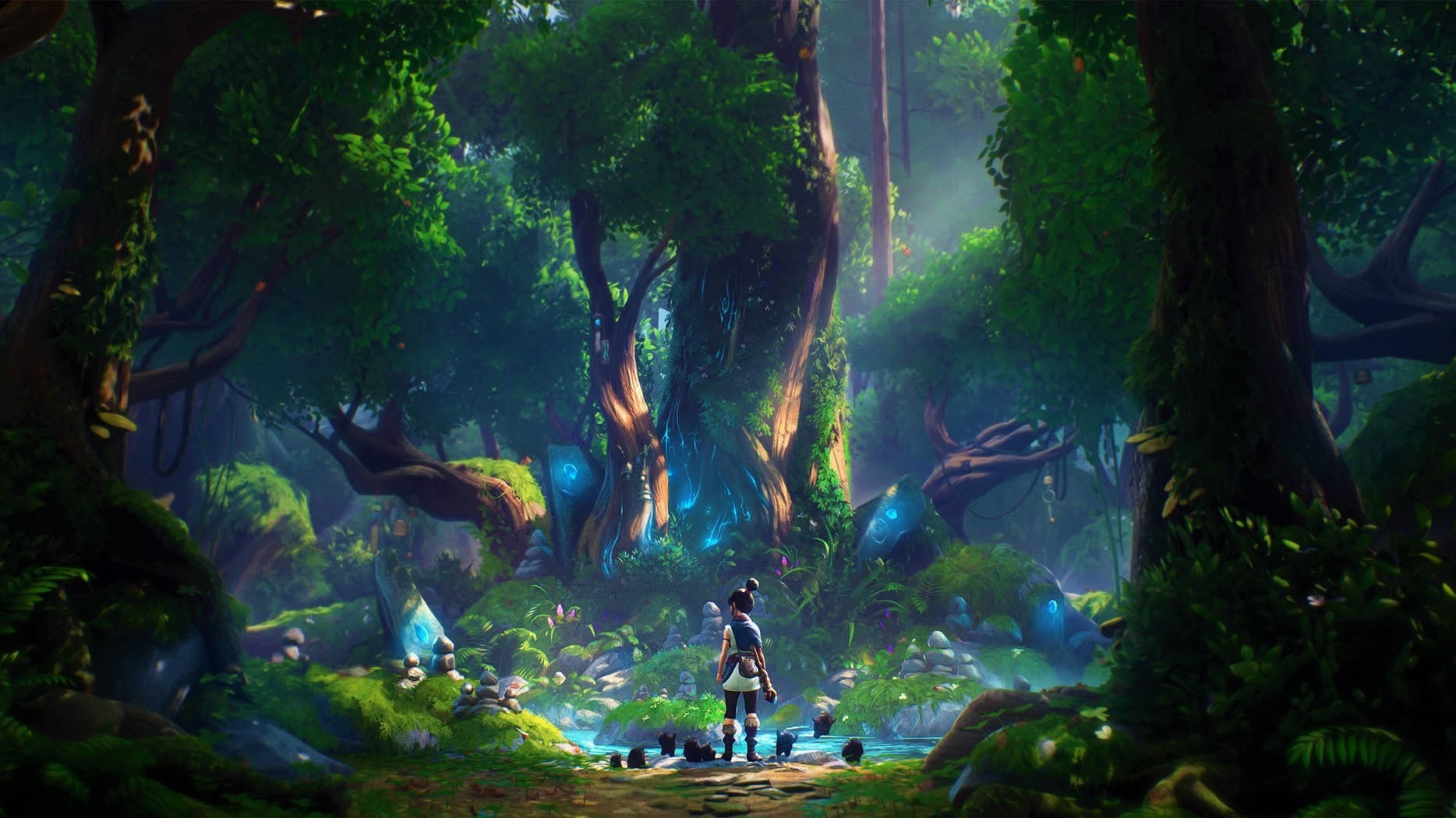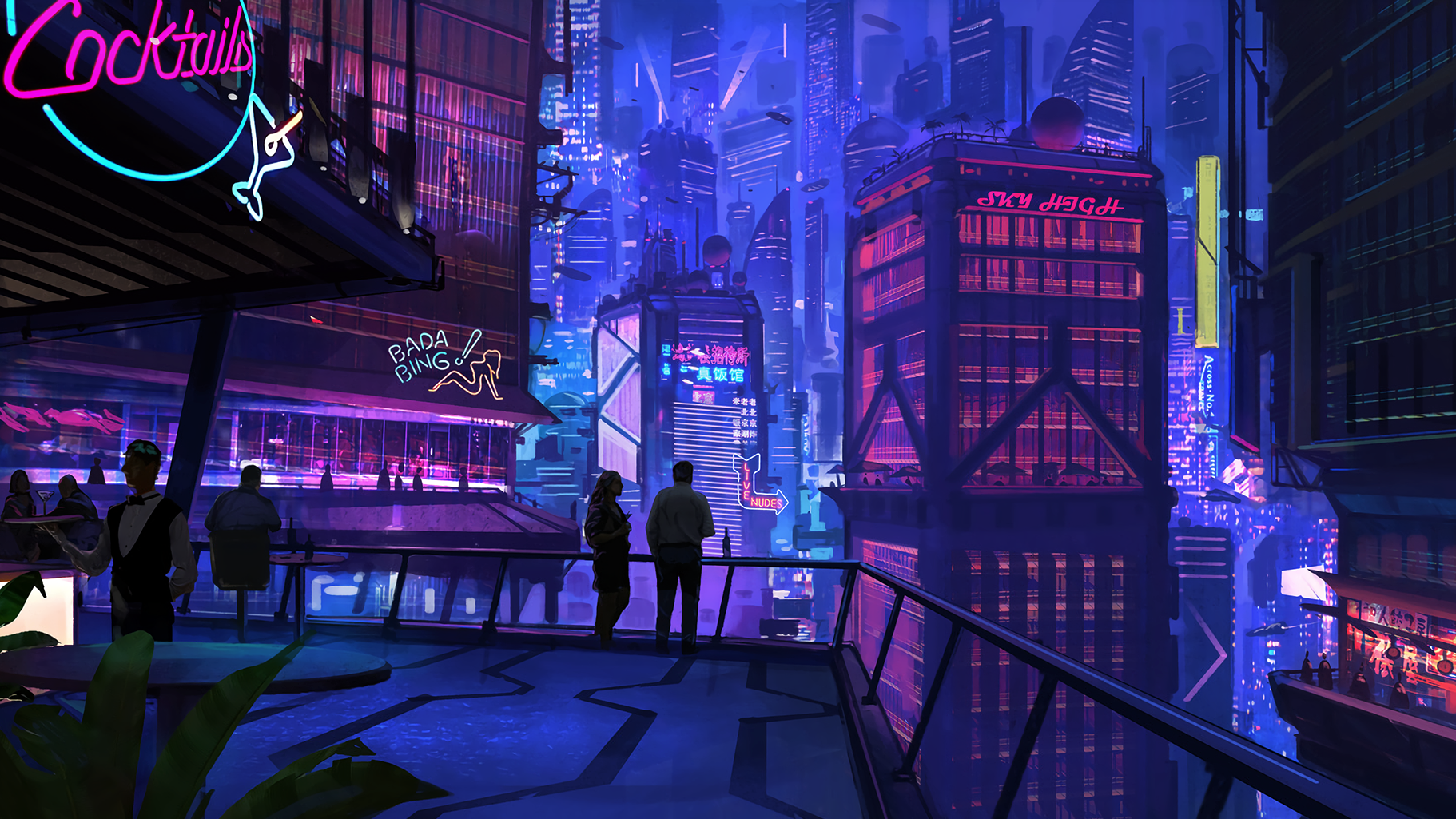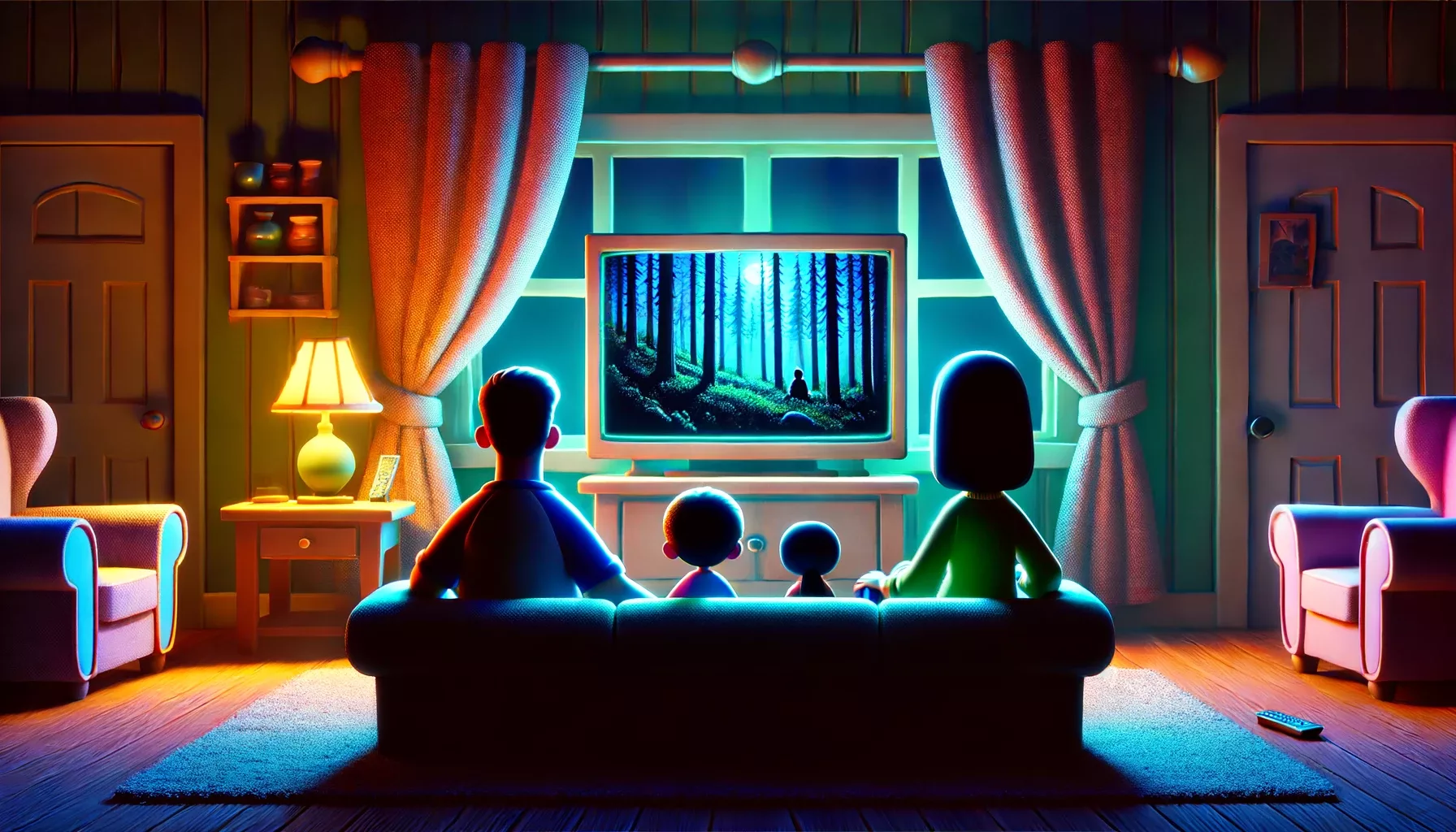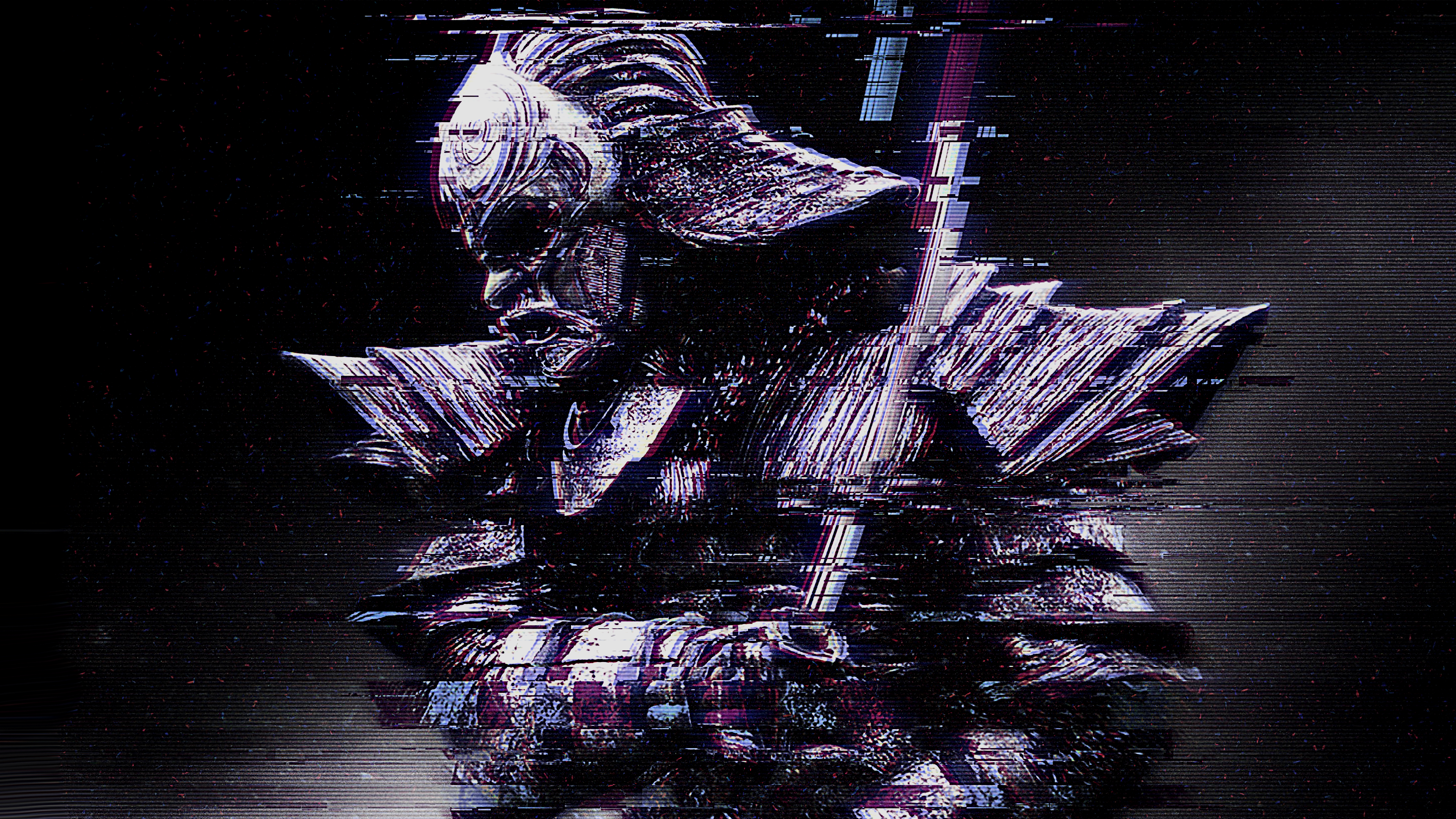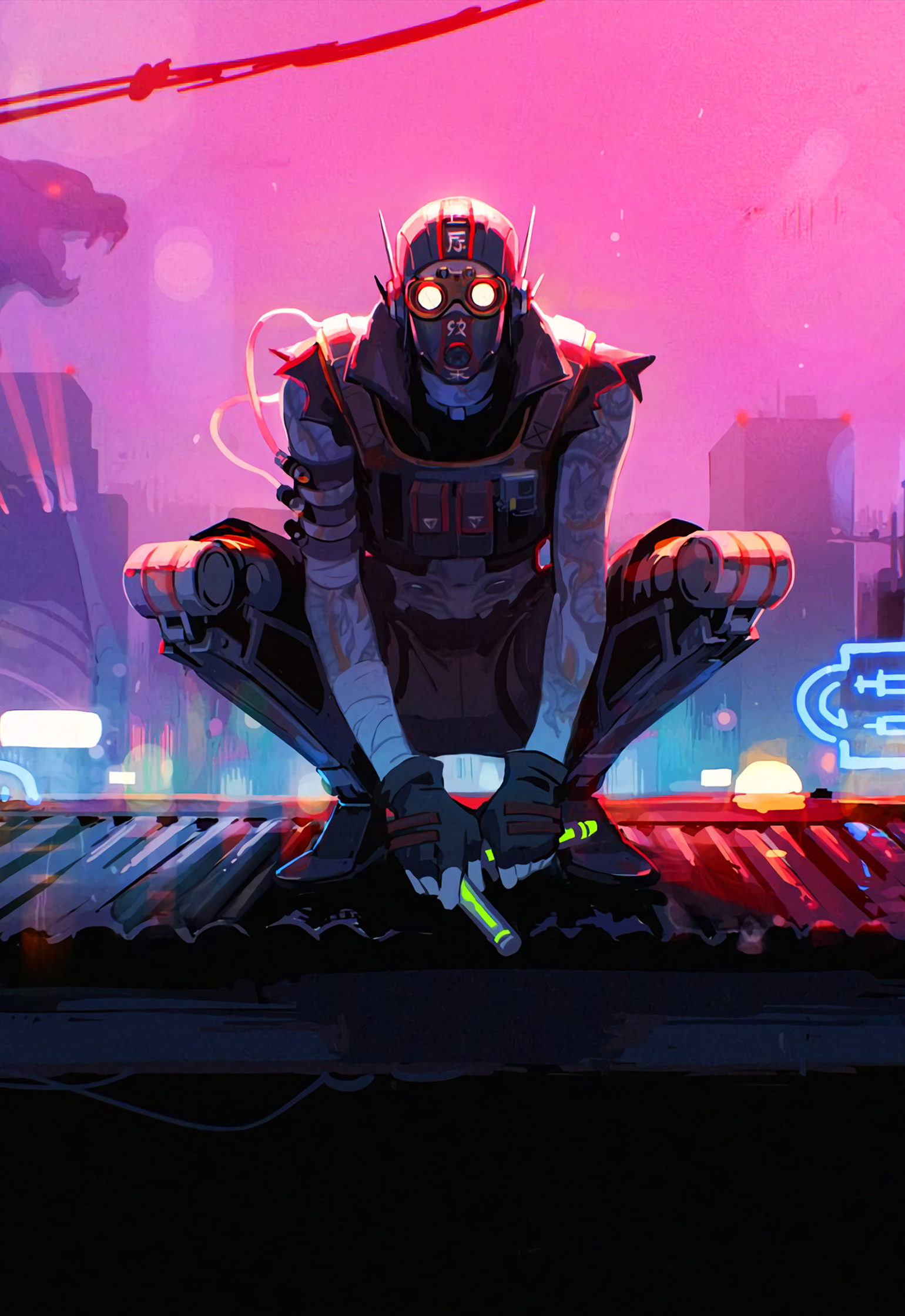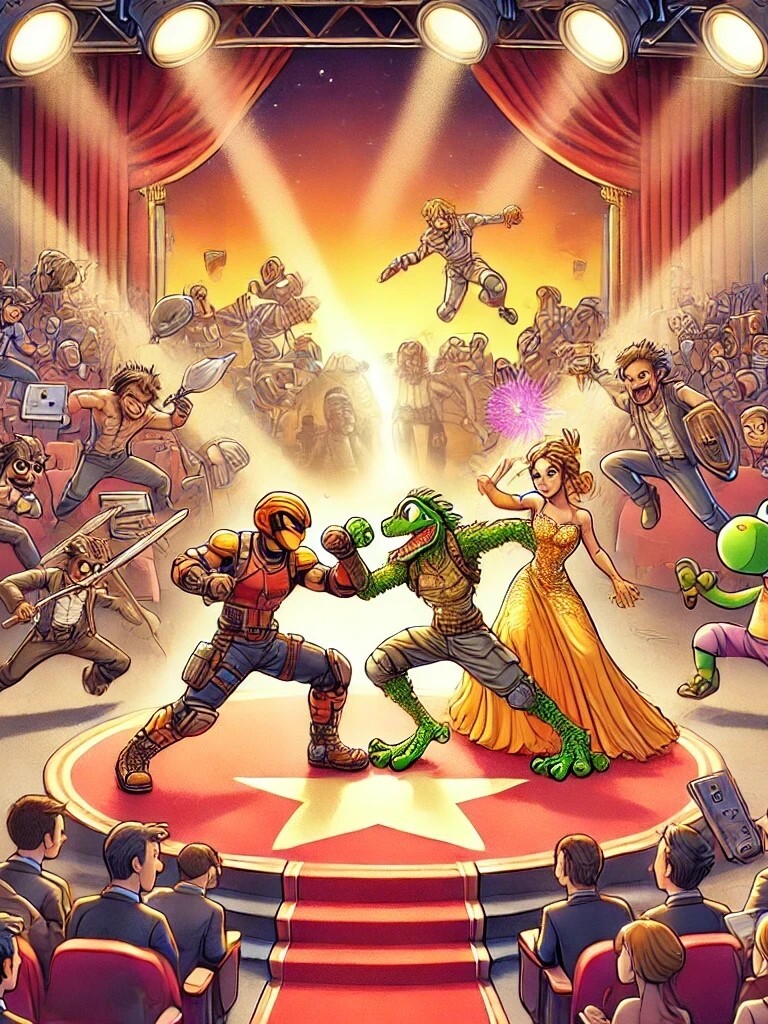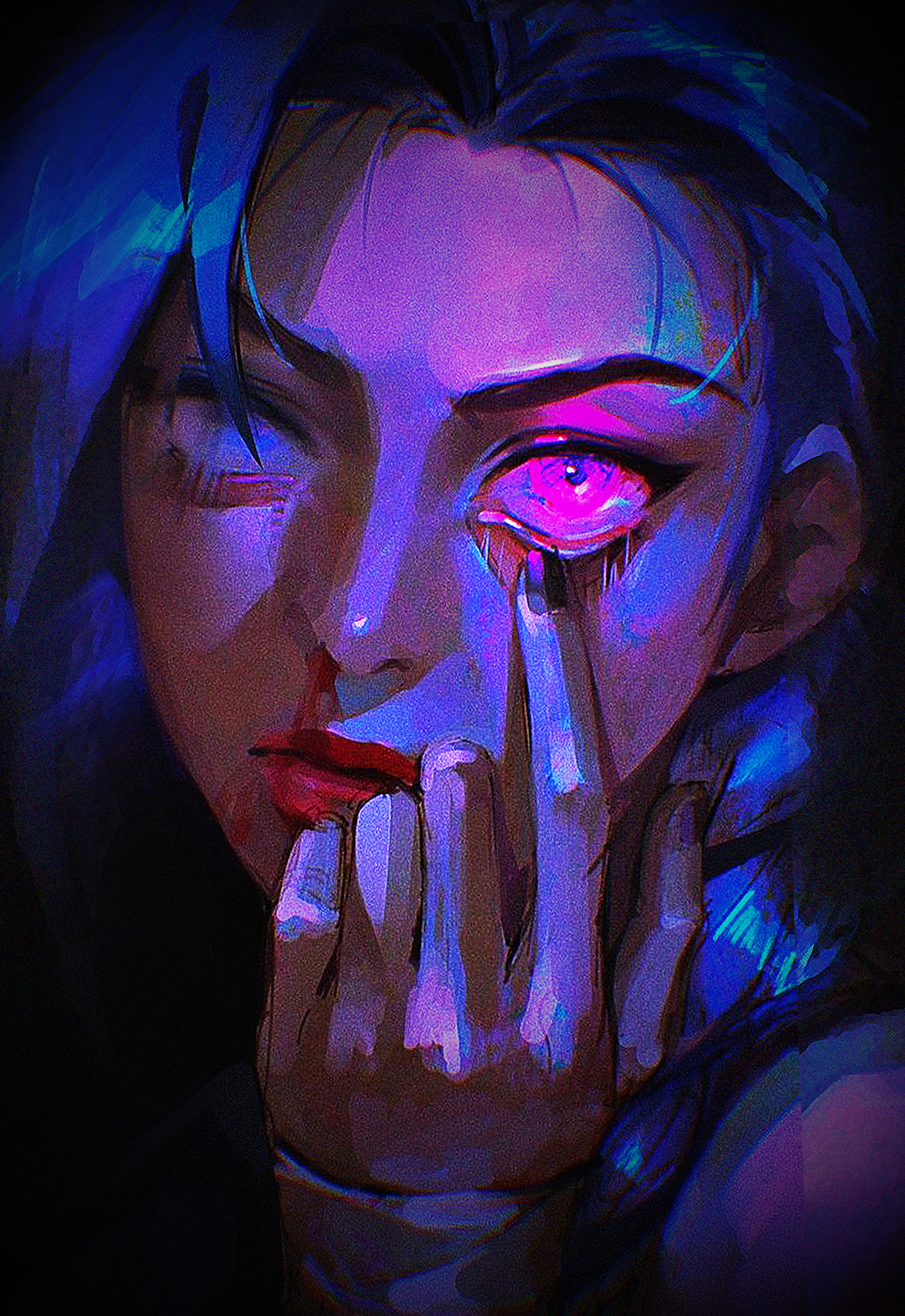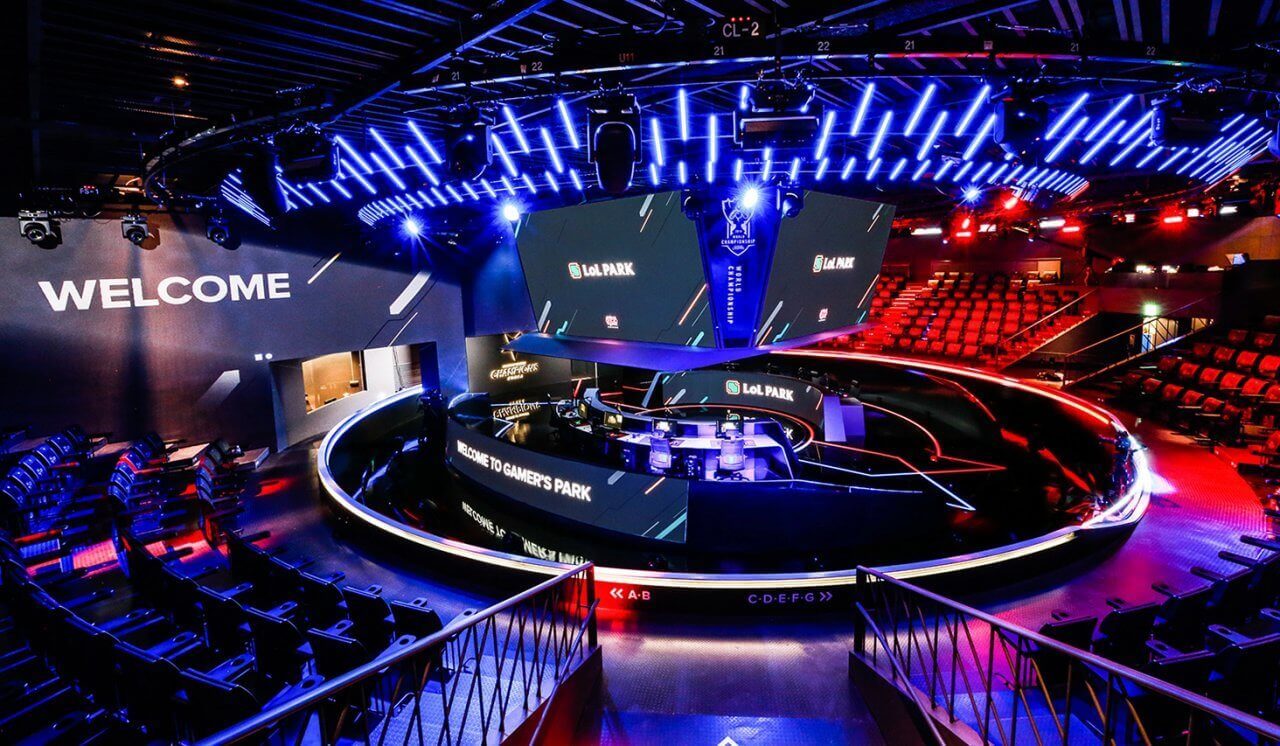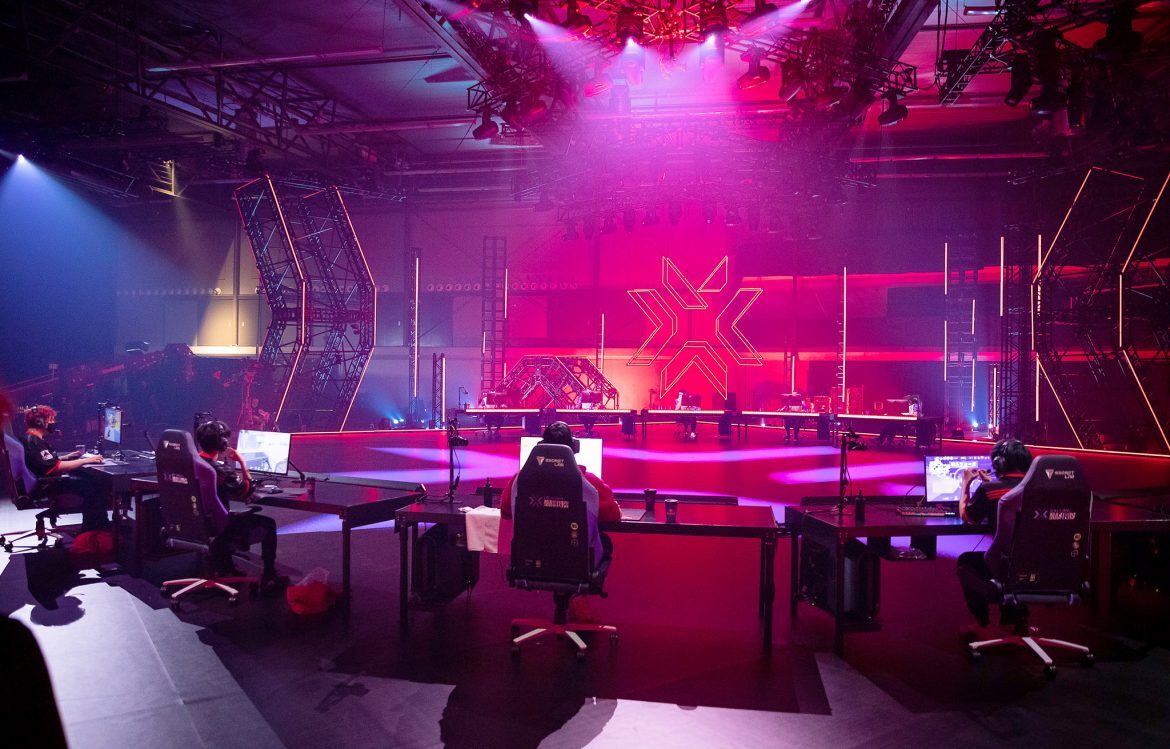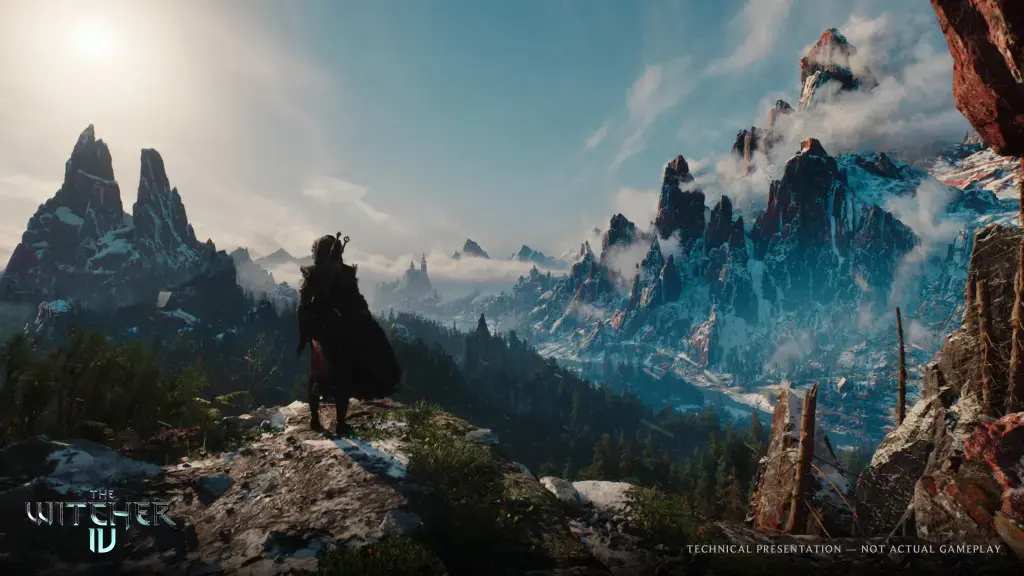What if your favorite RPG could actually react to everything you do – not just in dialogue, but in how the entire world behaves around you? That’s exactly what The Witcher 4 is aiming for, and thanks to groundbreaking Unreal Engine 5 tech, it might just change how open worlds are made forever.
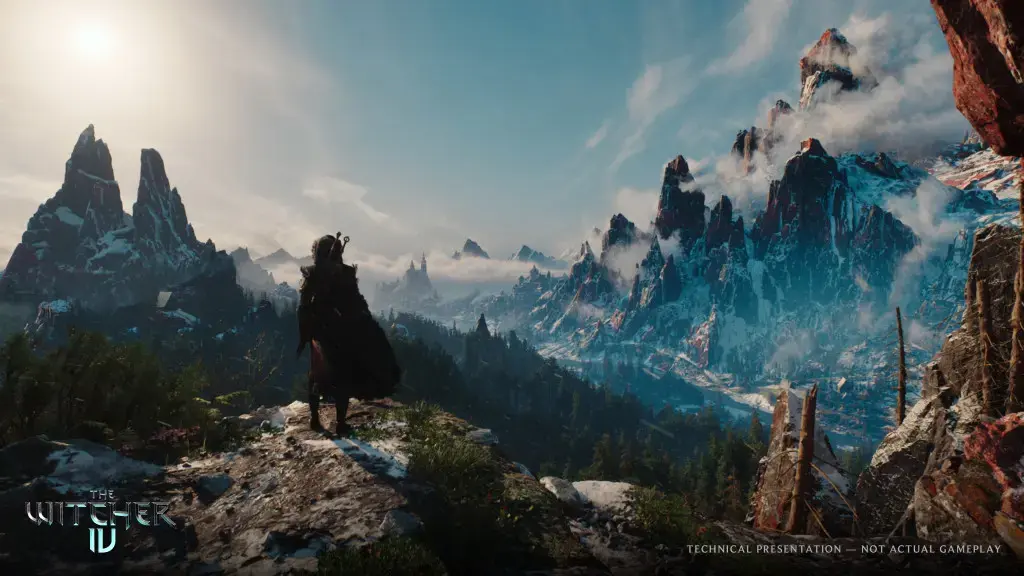
For the first time ever, the story of the Witcher revolves around Ciri – not Geralt – in a fully open-world RPG set in the unexplored northern kingdom of Kovir. In a live tech demo during Unreal Fest 2025, CD Project Red showed her riding through misty forests, climbing rugged cliffs, and walking into the port town of Valdrest – all running at 60 FPS on a PS5.
And while, yes, the demo looks amazing (even though it is pre-rendered footage and not real gameplay)... the real game changer is all the technology behind it. Let's take a look:
The Witcher 4 On Unreal Engine 5: Groundbreaking Tech
You’ve probably heard of Unreal Engine 5 before, but CDPR and Epic Games are pushing it to the next level. Here's what has been revealed at the demonstration in normal gamer terms:
- FastGeo Streaming: No more loading screens, even when you and Kelpie (your new horse) are sprinting through huge areas full speed.
- Nanite Foliage: Forests aren’t just green wallpaper anymore. Every tree, bush, and leaf has depth and texture — and still runs smooth.
- Mass AI Crowds: Towns feel alive. People react to you, talk to each other, and fill the streets naturally.
- MetaHuman + ML Deformer: Facial animations are freakishly real – Ciri actually looks tired after a long journey.
- New Animation Framework: Combat, movement, and cutscenes flow together seamlessly. No stiff swordplay.
Read on below if you want to know more about these tech features and what they mean for the future of RPGs.
How They Make The World Truly React To You
According to CDPR’s Joint-CEO Michał Nowakowski, the whole idea is to make a world that feels alive – where every choice, fight, or moment of silence shapes what comes next. It’s a huge goal, but the partnership with Epic Games is all about making it possible – and not just for The Witcher, but for all future UE5 games.
One of the biggest breakthroughs is Mass AI. This system allows huge crowds of NPCs to not only exist at once, but to react dynamically. If Ciri walks into a busy port town like Valdrest, the people there don’t just stand around – they move out of the way, look at her, talk to each other about what’s going on, and even respond if she draws her sword. It feels more like a living ecosystem than a background set.
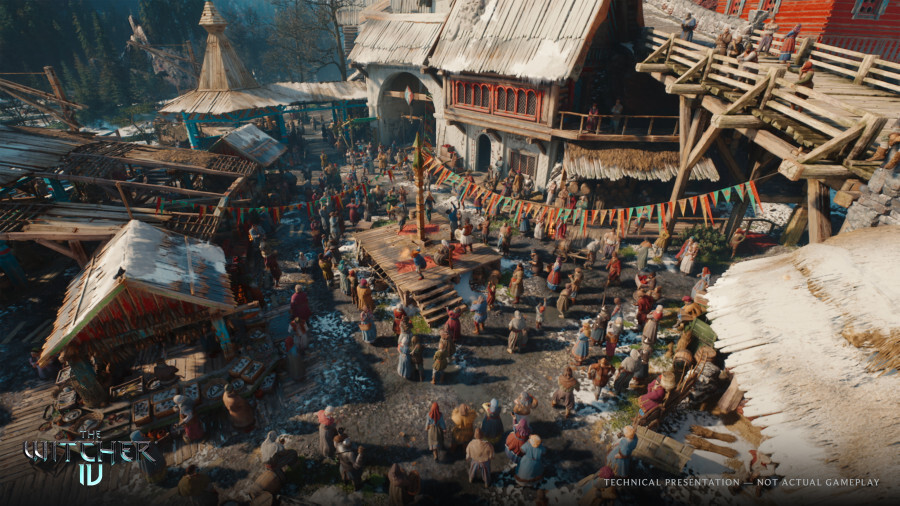
Then there’s MetaHuman with ML Deformer, which gives characters incredibly lifelike expressions and movement – right down to subtle muscle twitches. That means when you’re in a tense conversation or about to make a major choice, characters look genuinely emotional, not like robots delivering lines.
The Unreal Animation Framework also helps make things feel natural. Instead of stiff transitions between walking, fighting, and talking, characters move smoothly from one state to the next. It’s more fluid and human, especially in cinematic moments – which Witcher games are known for.
And finally, FastGeo Streaming makes it all seamless. Instead of hitting loading screens or seeing textures pop in, the world streams instantly and smoothly. So when you make a choice – like running from a fight or sneaking through the woods – the game can immediately reflect that without skipping a beat.
I get the sense that, narrative-wise, The Witcher 4 might deliver a vibe similar to Red Dead Redemption 2 – where the entire world feels alive, every NPC reacts to your presence, and almost anything you try actually works. It’s that kind of freedom and realism where your actions feel like they matter, not just to the story, but to the world around you.
What This Means for RPGs
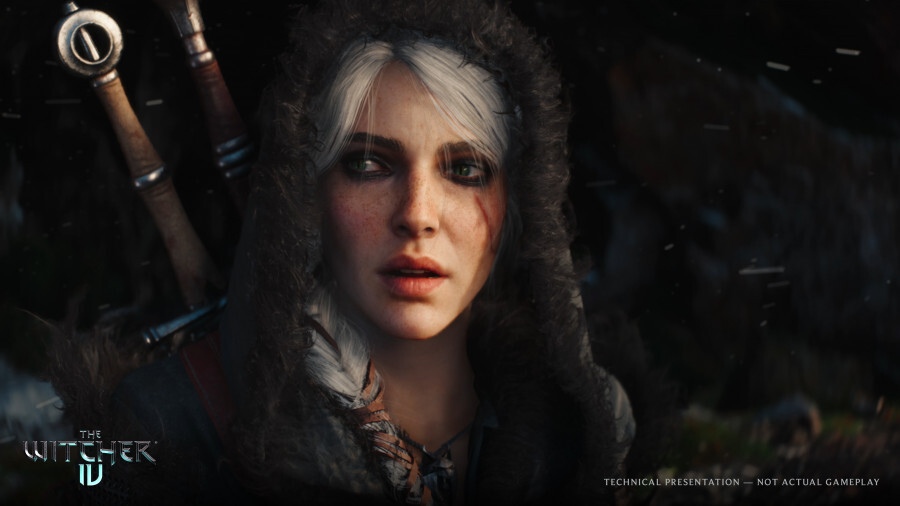
This isn’t just another visual upgrade. It’s a shift in how open-world RPGs are built. Think: Skyrim or The Witcher 3, but with smarter NPCs, no pop-in, and actual emotional weight in every scene.
If they truly pull it off, The Witcher 4 might not just be the most immersive RPG ever made — it could be the blueprint for the next generation of games, just like The Witcher 3 was back then.
